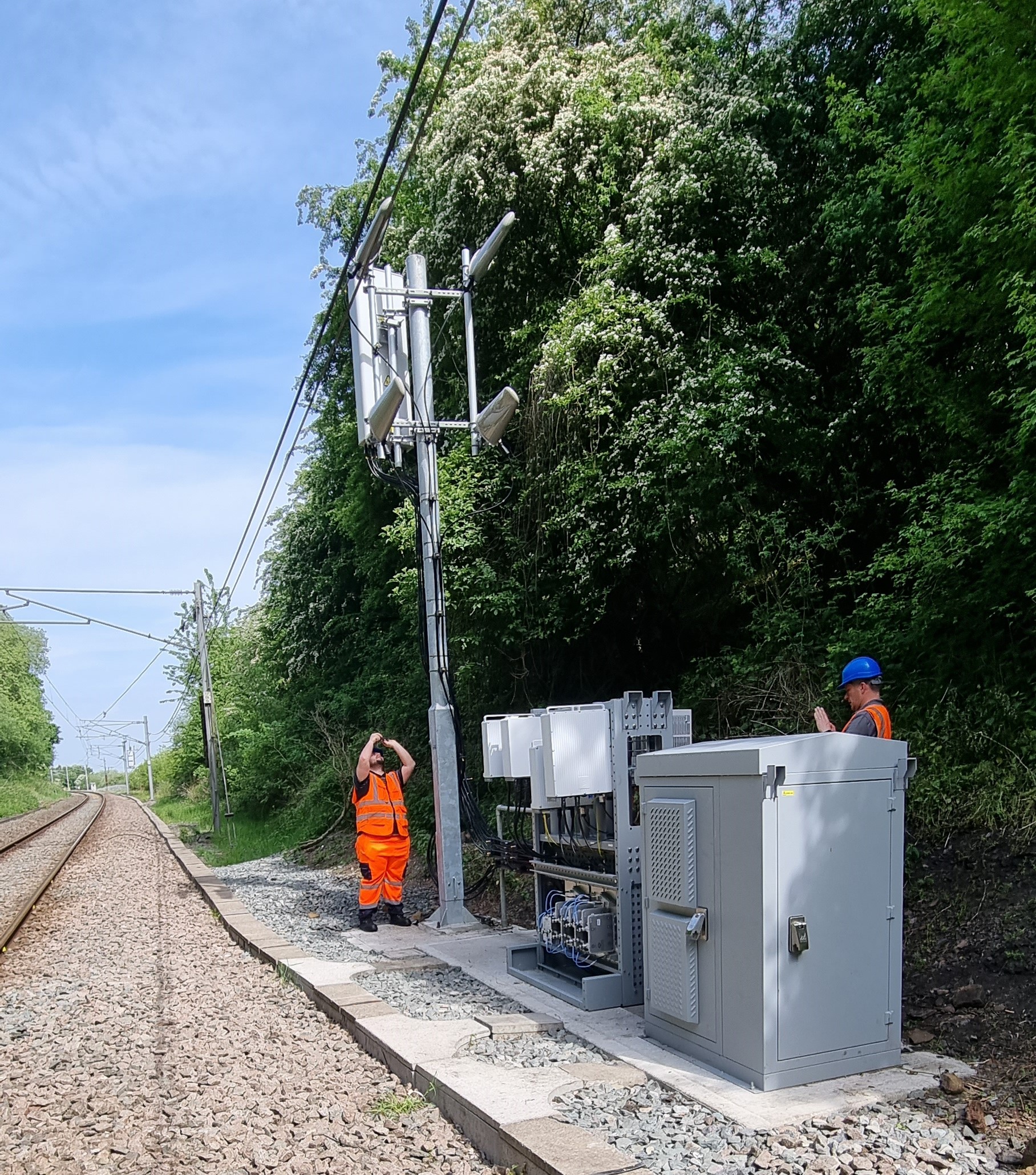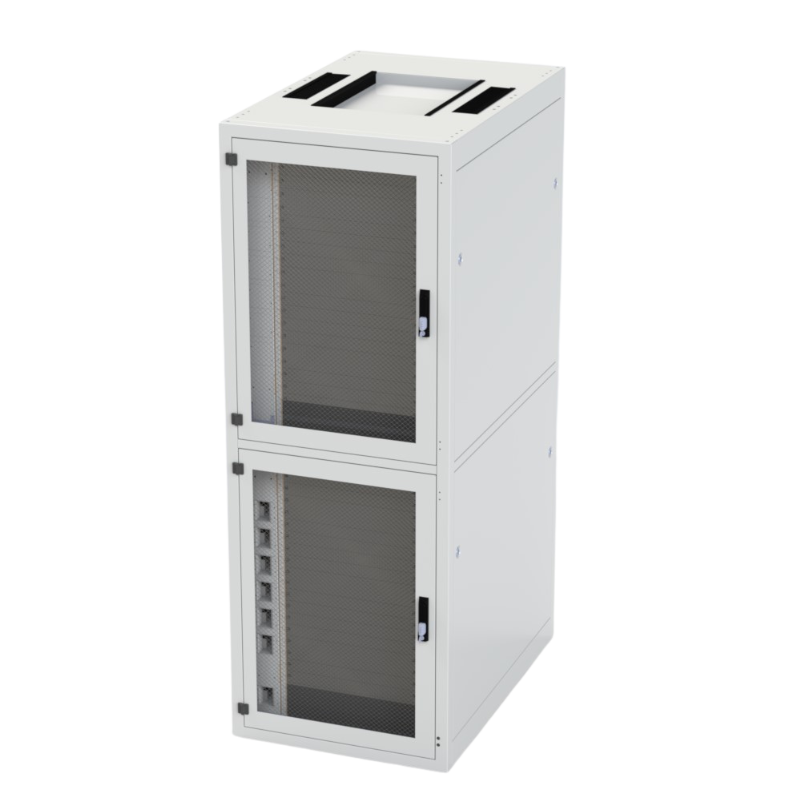Trackside electrical and electronic devices play a critical role in the safety and reliability of the modern railway. That’s why enclosures for this equipment must meet rigorous standards.
Rail networks are data networks too. Coordinating train movements, monitoring the condition of assets and keeping passengers connected on the move, requires a complex web of wired and wireless communication systems.
The hardware that delivers communication and control functions on the railway is distributed right across the physical rail network. And that means vital equipment must operate reliably in remote, exposed locations, often just a few meters away from passing trains.
That’s not a comfortable environment. Trackside equipment must be protected from a wide range of natural and human-made threats: searing summer temperatures, heavy rain and snows, strong vibrations, wind speeds of up to 180km/h caused by high-speed trains, and the threat of theft and vandalism.
No wonder the rail sector takes protection seriously. Enclosures for outdoor, trackside applications must comply to a wide range of national and international standards. Let’s look at just a few of them:
- EN 50125-3 is a rail industry specific standard describing the environmental protection requirements for enclosures located between 1m and 3m from the track. It covers the pressure, temperature, wind, rain, hail, shock, and vibration conditions that trackside signalling and communications equipment must resist.
- EN 60529 defines ingress protection specifications for the protection of equipment from damage by dust and water.
- IEC 62262 defines standards for the impact resistance of enclosures against blows with an energy of up to 20 joules.
- EN 50121 defines electromagnetic compatibility requirements for equipment used in railway applications.
The list goes on, and individual rail companies usually have their own in-house specifications that work alongside or above the standards. Furthermore, ensuring compliance with all the relevant standards for environmental protection is only part of the challenge in trackside enclosure design. These hard-working cabinets must also save their contents from self-inflicted damage caused by the generation of excessive heat.
That’s difficult to do, when ventilation requirements always threaten to compromise other protection functions, creating weak spots for the ingress of dust, water, radio waves or malicious fingers.
Then there’s the challenge of integrating robust protection into a working railway. Rail operators need to install and maintain fleets of hundreds of enclosures across their networks. Enclosures must offer convenient, ergonomic access for the maintenance teams that look after the equipment within. And with a service life that could be measured in decades, they need to be maintainable and upgradeable too, allowing part replacement, capacity expansion or the installation of new equipment with minimal disruption to service.
At Rainford, we have been designing and manufacturing enclosures to the highest rail industry standards for more than 40 years. Our rail industry specialists work in partnership with our customers to develop robust, cost, effective solutions that solve the industry’s real-world problems. Our modular designs, for example, make it easy to replace panels, add capacity, or upgrade cooling capacity when the customer needs to do so. And because we manufacture all our enclosures in the UK, customers can depend on us for responsive support and short, reliable supply chains.
Find out more about Rainford’s range of trackside enclosure systems here.




